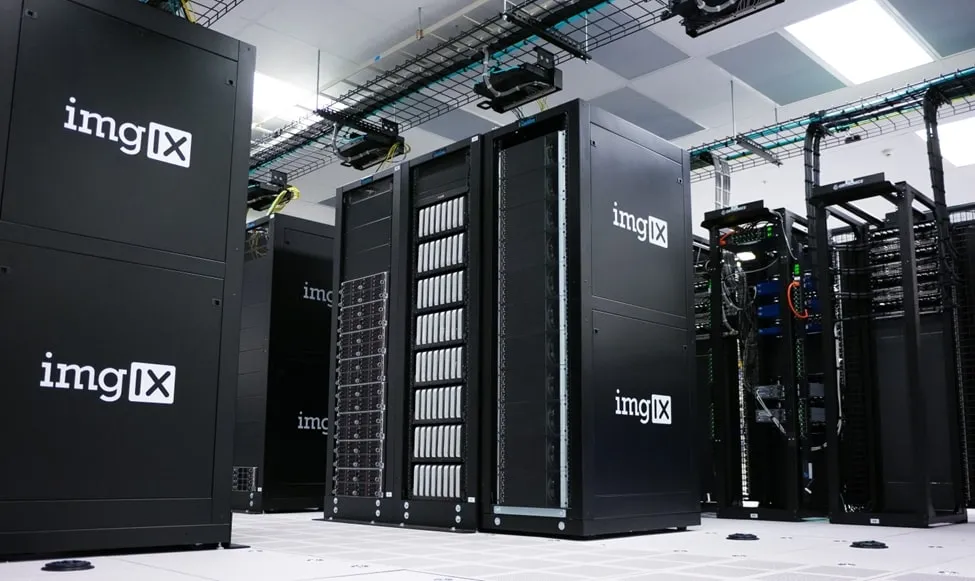An ETL job fails quietly in the middle of the night. No one notices. By morning, dashboards are broken, forecasts are wrong, and trust in the data has already started to erode.
Vishal Patel has seen this happen, and he's made it his mission to prevent it. As a cloud data engineer and technical architect, he designs systems that don't just process data, but endure outages, bounce back from failure, and keep critical operations running.
This article explores how Patel builds resilient data platforms that stay reliable under pressure, recover without human help, and make the difference between data chaos and calm.
Why Resilience Is No Longer Optional
Data doesn't sleep. Neither do the systems that manage it. Whether it's a hospital relying on real-time inventory to make life-saving decisions, or a financial institution running overnight batch reports that shape billion-dollar strategies, one thing is clear: the data has to be there. It has to be fast. And it has to be right.
That's the expectation. But reality is messier. APIs go down without warning. Input files arrive late - or not at all. Compute resources max out at the worst possible moment. These aren't edge cases. They're everyday occurrences in distributed systems. Which is why Vishal Patel doesn't design systems that hope everything goes well. He designs for the opposite.
In one global healthcare project, he was asked to build a platform that could ingest time-sensitive metrics from dozens of ERP systems across regions. Getting the data in was only half the battle. The real test was keeping the system steady when a source changed its schema without notice or when latency spiked across regions. Patel's solution? A platform that could detect issues early, adjust processing dynamically, and recover on its own - without disrupting the analytics or delaying executive reporting.
That mindset - anticipating failure and building systems that keep moving anyway - isn't just a strategy. It's a core principle in how Patel approaches data engineering.
What Resilient Data Engineering Looks Like
Patel's approach to resilience is pragmatic, grounded in years of real-world deployments. He focuses on three pillars: monitoring, recovery, and integrity.
Job Monitoring With Visibility and Context
When something breaks, knowing why is just as important as knowing that it broke.
Patel designs custom monitoring frameworks that track:
- Job status and success/failure trends
- Execution time and throughput anomalies
- Input/output data volumes
- Error types and system bottlenecks
Using tools like Azure Monitor, Databricks, and Apache Spark listeners, he centralizes logs and metrics into operational dashboards. These give engineering teams early warning signs - before business users are impacted.
In one engagement, his monitoring system flagged an unexpected slowdown in a Friday batch process. The root cause? A vendor had doubled the data volume without warning. A quick adjustment to the partitioning logic restored performance, and the issue never reappeared.
Built-In Retry and Recovery Mechanisms
No system is immune to hiccups. But Patel's systems don't require manual fixes.
He builds pipelines with automated retry logic, including:
- Exponential backoff strategies
- Idempotent job design to prevent duplication
- Context-aware alerts that distinguish between transient failures and systemic issues
This not only improves reliability but frees up engineering time. In one project involving financial risk modeling, automated retries reduced operational escalations by more than 80 percent, allowing teams to focus on strategic work instead of routine firefighting.
Data Integrity Through Delta Lake and Schema Enforcement
Resilience is not just about uptime. It's about delivering data that can be trusted.
To ensure this, Patel relies on Delta Lake to:
- Maintain ACID-compliant data storage
- Enforce schema validation at ingestion
- Support rollback, versioning, and late-arriving data merges
He also builds guardrails into pipelines to detect schema drift, malformed records, and outliers. When data arrives with unexpected changes, the system quarantines it for review - without bringing down the entire flow.
This balance of automation and control ensures that downstream teams receive data that is not only fresh, but consistent and compliant.
Scaling Systems Without Adding Fragility
Patel believes that resilience should not come at the cost of scalability. To achieve both, he follows a few key architectural principles:
- Use serverless compute and autoscaling clusters for dynamic workloads
- Separate orchestration, transformation, and storage layers for flexibility
- Manage infrastructure with Terraform and deploy using Azure DevOps pipelines
His systems are modular by design. Each component - from ingestion to transformation to output - is loosely coupled, allowing updates, testing, and optimization without ripple effects across the stack.
He also emphasizes documentation and observability. Pipelines are designed so that team members can quickly trace lineage, troubleshoot issues, and extend features - even if they weren't involved in the original build.
This operational clarity is essential in distributed teams and long-running projects. As Patel puts it, "Resilience isn't just about keeping systems online. It's about making them understandable, adaptable, and safe to evolve."
Lessons From Production Environments
Patel's experience has taught him that theory and real-world deployment are rarely the same. What works in a sandbox can behave very differently in production.
Here are some principles he brings into every new engagement:
- Don't just test happy paths. Simulate corrupted inputs, partial failures, and missing dependencies.
- Logging is not observability. Dashboards should highlight trends and anomalies, not just raw logs.
- Avoid one-off patches. Build repeatable, reusable patterns for error handling and notifications.
- Prioritize business outcomes. A broken pipeline is not just a tech problem - it may delay compliance reporting, revenue projections, or customer insights.
Patel also spends time with analysts, data scientists, and business leads to understand what resilience means from their perspective. This collaboration ensures that systems meet real expectations, not just technical requirements.
The Silent Power of Resilient Systems
The most impactful platforms Vishal Patel has built rarely make headlines - and that's exactly the point. They don't flood inboxes with alerts or demand daily maintenance. They simply work - quietly, reliably, and without interruption. Instead, they do what great systems are supposed to do: quietly ingest, transform, validate, and deliver trustworthy data, day after day, across teams, time zones, and use cases.
These platforms don't just support business operations. They enable them. They're the reason analysts hit deadlines, data scientists trust their models, and executives make confident decisions backed by real insights.
That's what Patel aims for with every architecture he designs. Not just a system that works, but one that lasts. One that earns trust without needing attention. One that feels invisible - until the moment you realize everything would stop working without it.
Because to him, great data engineering isn't about being the loudest in the room. It's about building something so dependable, it fades into the background - while quietly keeping the business moving forward.

